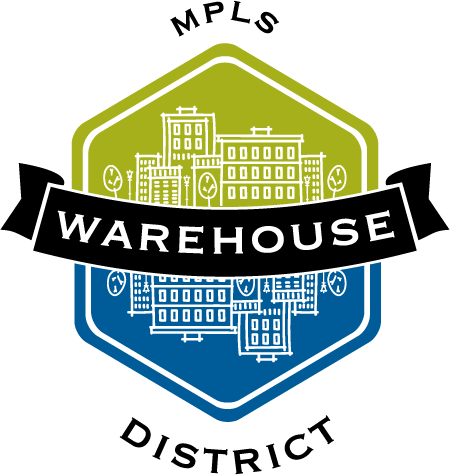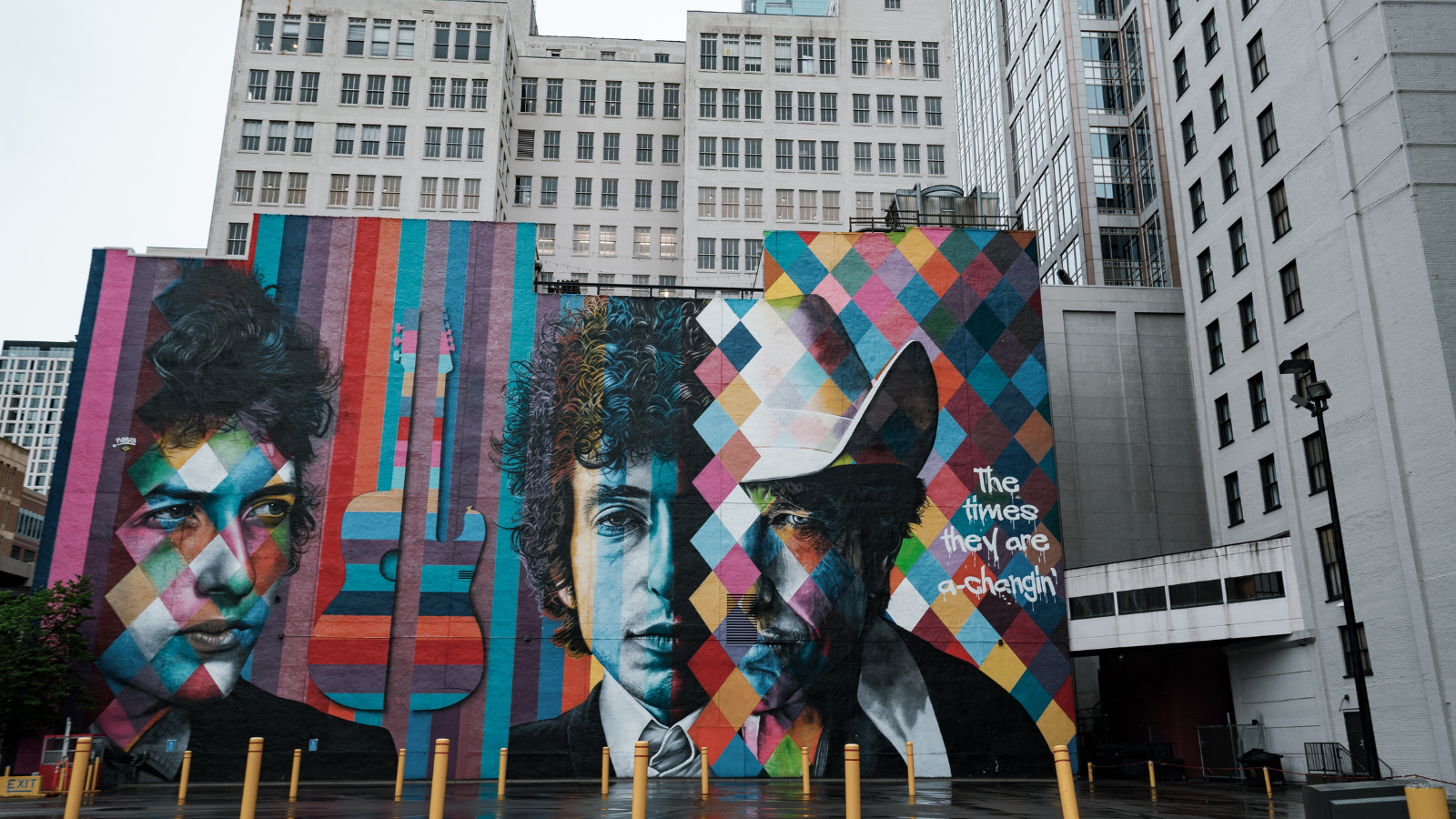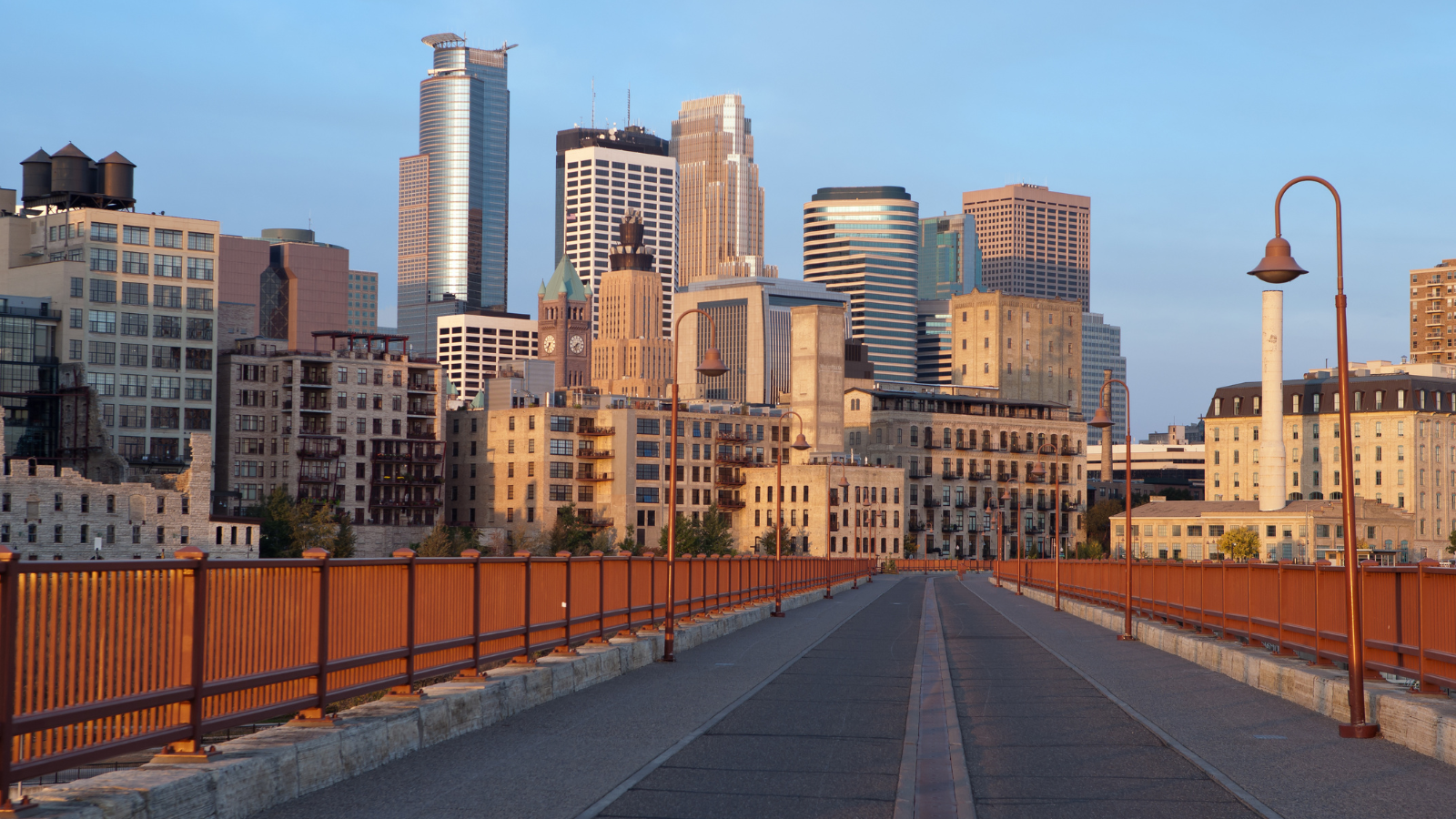It all started...
As an area of commercial growth during the early development of Minneapolis, the Warehouse Historic District features a remarkably intact concentration of commercial buildings designed by the city’s leading architects and engineers. Located in the north part of downtown Minneapolis the North Loop area served as the city’s warehouse and wholesaling district during the late 19th and early 20th centuries, expanding when Minneapolis became a major distribution and jobbing center for the upper Midwest.
With the panic of 1857 and the subsequent Depression, eastern retailers were no longer able to sell on credit to remote outposts. The people of Minnesota and other western territories needed a place to buy their goods; this led to the development of Minneapolis as a jobbing center. With the completion of the railroad in 1867, Minneapolis became a hub of wholesale distribution. Wholesalers found a natural location to concentrate warehouses just northwest of the central business district where land values were relatively low and rail lines were nearby. Beginning as a distributor of dry goods and groceries and then of farming implements, Minneapolis soon dominated the wholesale market. From 1880 to 1907, the wholesale trade originating from the Warehouse District grew from $24 million to $280 million. In 1919, it reached the $1 billion mark. By 1920, approximately 300 warehouse businesses were located in Minneapolis.
Prominent architects of the day were called upon to create the commercial spaces needed for these endeavors. These buildings exhibit the various tastes and trends popular at the time and represent a wide range of commercial architectural styles, from Italianate and Queen Anne to Richardsonian Romanesque and Classical Revival. As the business district moved and adjusted to changing needs of customers, so did its architectural styles. The Italianate style of the Washington Avenue stores and warehouses became the Renaissance revival style of the grand warehouses of First Avenue, which evolved into the Queen Anne Commercial of the early 1900s. This physical representation of the progression of tastes and styles is one the many significant contributions of the Warehouse District.

























